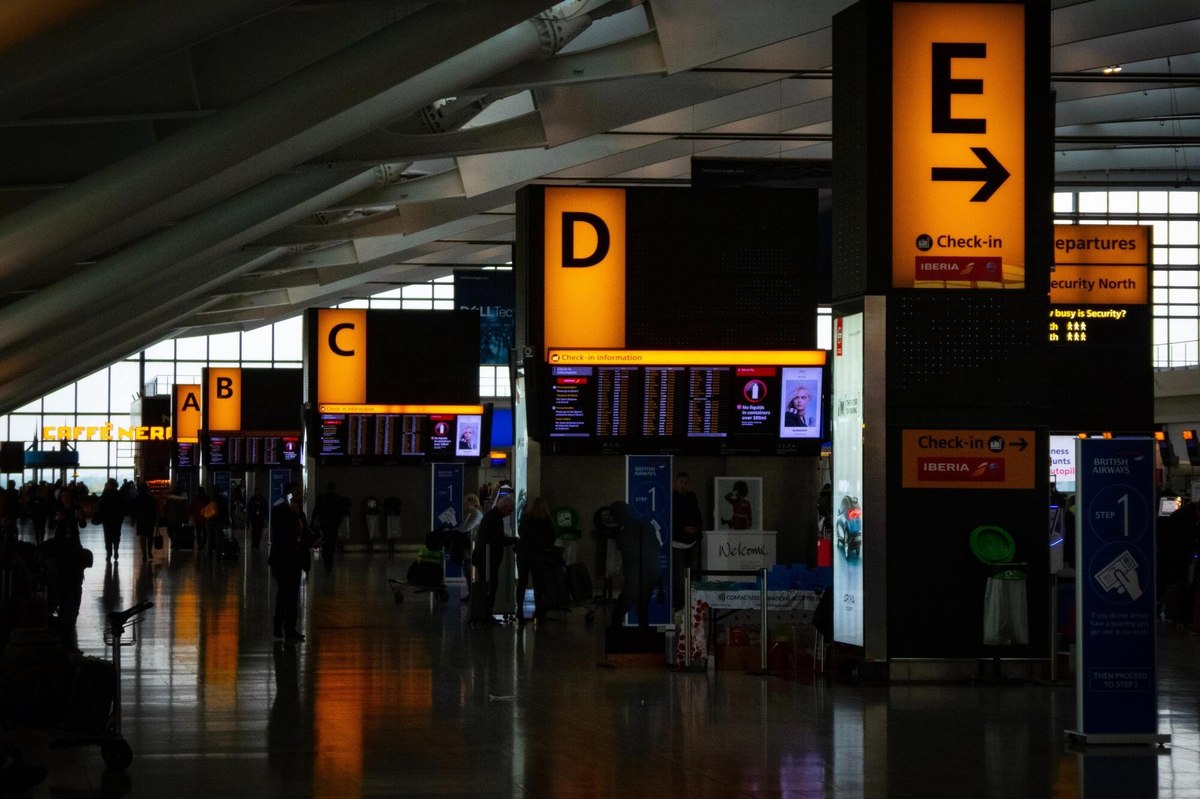
GB: Summer troubles dented Heathrow’s customer perception more than the pandemic
A series of labour shortages has led Heathrow Airport to struggle with the summer passenger rush. The largest airport in Great Britain has had to limit the number of passengers in order to serve them effectively, much to the disappointment of airlines eager to make up for the crippling pandemic years. How has this disruption impacted Heathrow’s perception among the general public?
Data from YouGov Brand Index shows that Heathrow Airport’s Index score – which tracks the average of Impression, Value, Reputation, Satisfaction, and Recommend scores – has declined considerably since news of Heathrow’s baggage handlers proposing to strike first emerged.
Heathrow’s labour problems have negatively impacted its Index score, more than the pandemic did. In March-April 2021, at the peak of the pandemic, Heathrow’s Index score was steady at around 22. However, from March 2022 onwards – when problems with labour shortages began to kick in - Heathrow’s Index metric slipped to as low as 6.3 in the last week of July. It has since recovered a little but is still much below Heathrow’s average score during the pandemic.
It is possible that travelling after two years of restrictions and lockdowns has contributed to consumer disenchantment with the airport.
One bright spot for Heathrow is that its Index scores are higher than most other airports in the country, including Birmingham, Stansted and London City Airports. However, Gatwick, considered Heathrow’s main competitor, was at par with its bigger rival in late July when both their Index scores tied at 6.3. Heathrow has since regained some of its lost ground.
Discover more travel and tourism content here
Want to run your own research? Start building a survey now
Methodology: YouGov BrandIndex collects data on thousands of brands every day. Heathrow’s Index score score is based on the average of General Impression, Customer Satisfaction, Quality, Value, Corporate Reputation, Recommendation scores and delivered as a net score between –100 and +100. Scores are based on an average daily sample size of 2089 British adults between 1st March 2022 to 24th August 2022. Figures are based on a 4 -week moving average.